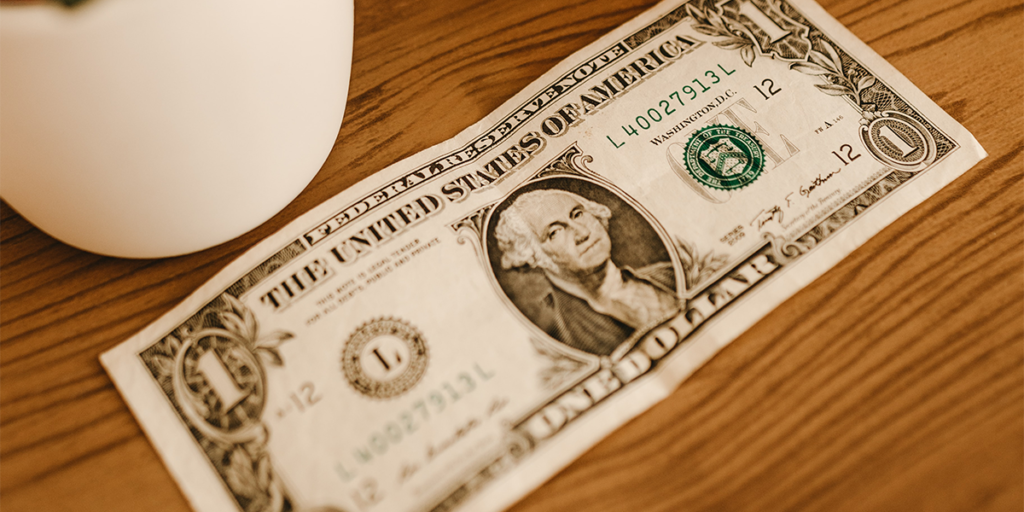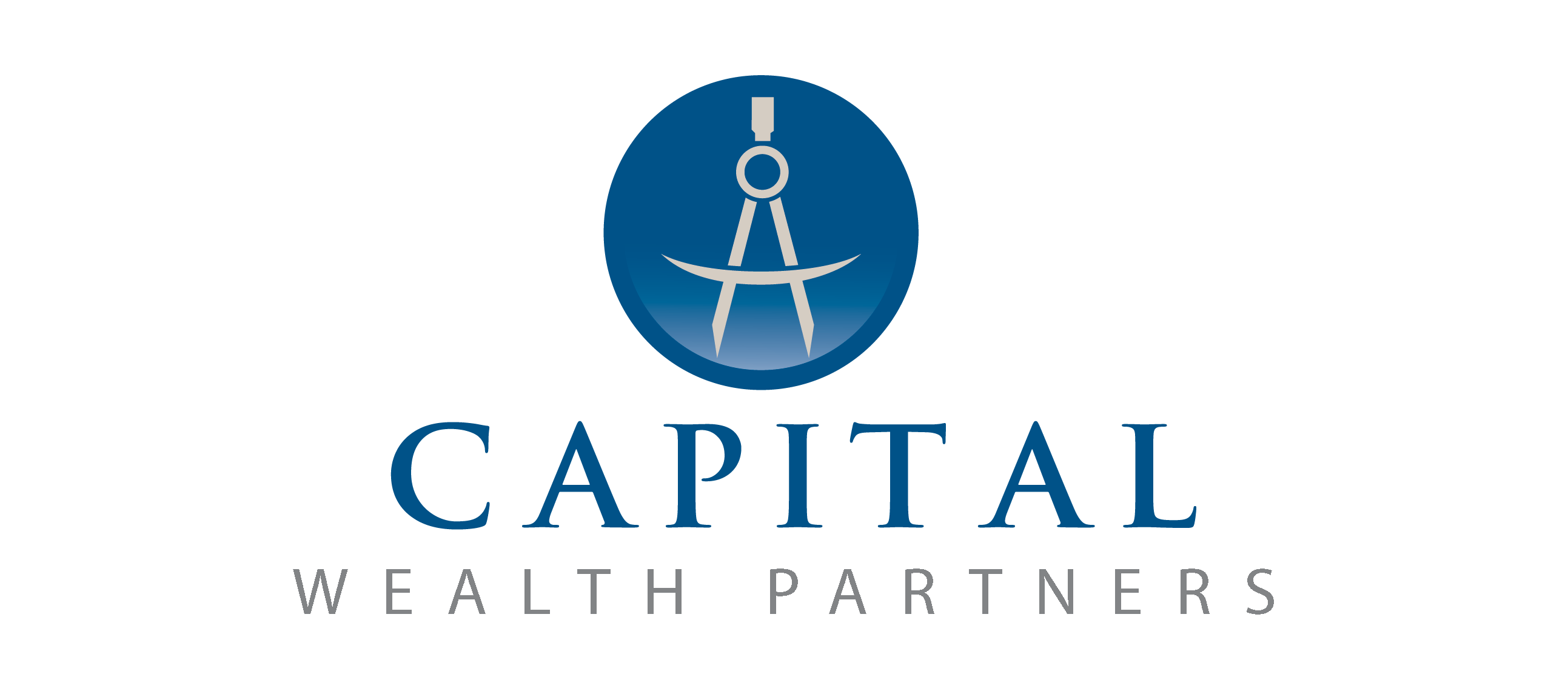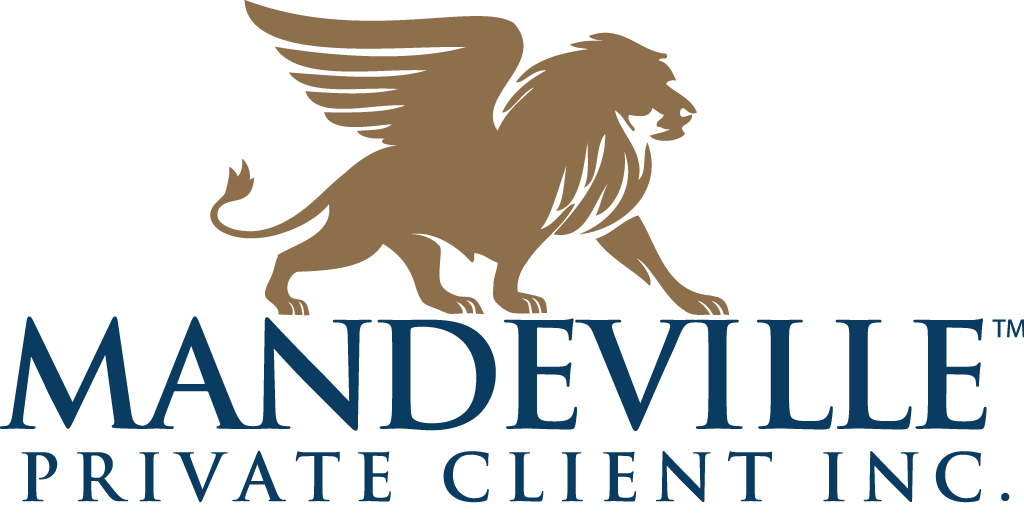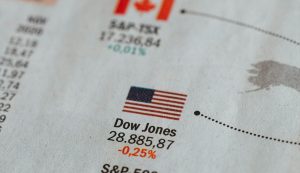Control Market Risk via Dollar Cost Averaging

The U.S. election has come and gone and it appears that one or more effective vaccines will soon be at hand to help curb and ultimately bring an end to the COVID-19 pandemic. What remains however is uncertainty over the economic restart and how this will impact stock markets. There is always something to concern someone.
We all know that owning high quality businesses is key to earning above average returns and wealth creation over time. Investing in “quality” ensures sustainability, and survivability, particularly through challenging socioeconomic times as the world has experienced.
But what about market risk because of all the noise surrounding investing? Some people cannot help but worry about whether they should invest now or wait for a downturn. What about a methodology that effectively helps to take away market risk for those worried about uncertainty?
It is called Dollar Cost Averaging. This involves committing equal amount of capital to purchase equities on a recurring basis at specific intervals – most effectively on a monthly or at least quarterly timeline. Anyone who has read “The Richest Man in Babylon” recalls the lesson about “paying yourself first” which is another benefit of regular periodic investments. After all, if you pay everyone else first…what is left for you? Often, not much! By committing to paying yourself first you ensure the most important bill of all gets paid – you!
Dollar Cost Averaging works effectively by distributing the price at which you buy shares across a broad period of time – sometimes the price may be low (attractive) and other times the price may be higher (less attractive) but this price averages out over time to ensure that 100% of your purchase is not at the WRONG time. The effect is that with an equal periodic investment, when economic or COVID-19 events cause equity values to fall, you automatically purchase a higher quantity of shares. When markets rise to what may be considered overvalued territory in good economic times, you automatically purchase a lower quantity of shares. The end result over time is an “average” price somewhere in the middle. Let’s look at a simplified hypothetical scenario covering three payments of $100 over three months.
Amount invested Share Price # shares Bought
$1000 $100 10.00
$1000 $ 50 20.00
$1000 $ 75 13.33 (rounded to 13)
You invested $3,000 in total. You bought 43 shares – a few at high prices and many more at lower prices. Would you profit or lose if after three months you sold all shares at the last price of $75? The fact is that 43 shares x $75 is $3,225 or a profit of $225 or 7.5%. Even with minimal commissions, the profit is compelling. Imagine the impact over a 10, 20 or 35 year time period by investing in the S&P500 or similar proven managed fund. Wealth creation is simple if you stick to a plan, invest regularity in proven investments, and don’t let your emotions derail you. Anyone looking to build wealth or minimize pricing risk could easily adopt the above strategy.






